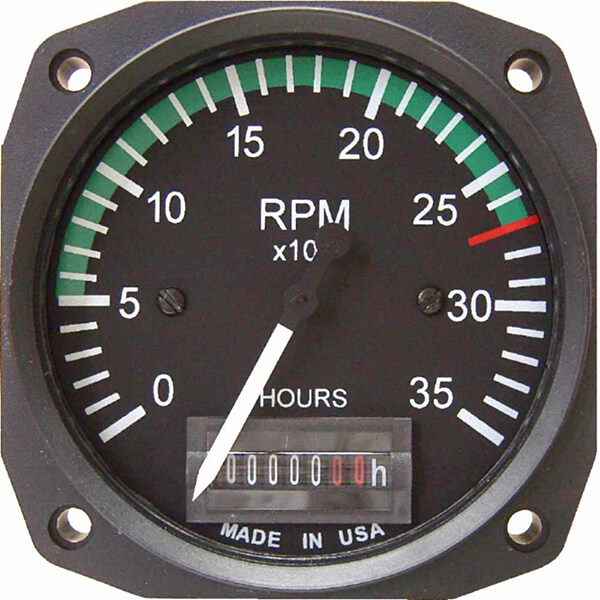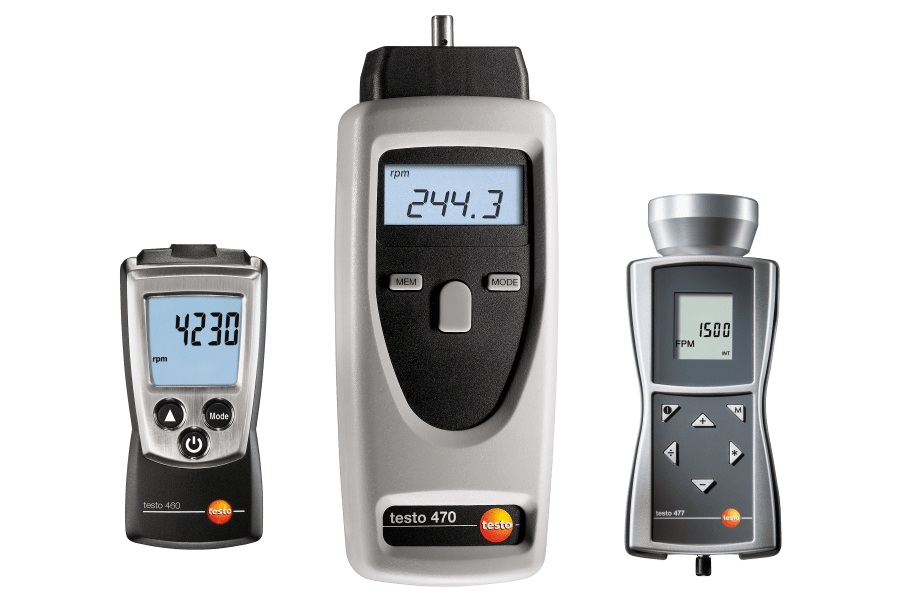Enhance Your Driving Experience with a Dependable Tachometer
Enhance Your Driving Experience with a Dependable Tachometer
Blog Article
The Significance of a Tachometer in Checking Engine Speed and Efficiency in Automotive Applications
In the realm of auto engineering, the tachometer stands as an essential instrument in the motorist's arsenal, supplying a direct window right into the inner functions of a vehicle's engine. Beyond its feature as a mere scale of changes per minute (RPM), the tachometer offers as a crucial device for fanatics and professionals alike, using real-time understandings right into engine efficiency and health. Recognizing the significance of this tool surpasses surface-level observations, diving right into the elaborate connection in between engine rate, power output, and general driving experience. As we discover the complex role of the tachometer in automobile applications, a much deeper admiration for its effect on automobile characteristics and performance starts to emerge.
Significance of Keeping An Eye On Engine RPM
Checking engine RPM, or changes per min, is an important facet of vehicle upkeep and performance examination. Engine RPM directly correlates with the speed at which the engine's crankshaft revolves, showing exactly how swiftly the engine is running - tachometer. By keeping an eye on RPM, auto mechanics can evaluate the health of the engine, detect possible concerns, and fine-tune efficiency. An unusual RPM reading might signify issues such as engine misfires, defective spark plugs, or concerns with the gas shipment system. Consistently high RPM analyses can suggest aggressive driving behaviors or the demand for a higher equipment change to enhance fuel performance.
Furthermore, keeping an eye on engine RPM is essential for performance examination in auto racing and high-performance cars. In recap, checking engine RPM is not only important for identifying problems but also for enhancing engine efficiency in numerous automotive applications.

Advantages of Real-Time Data
In automobile applications, real-time data plays a vital duty in giving instantaneous insights into the efficiency and problem of the vehicle. By continuously monitoring various parameters such as engine speed, temperature, fuel consumption, and more, real-time information offers numerous advantages that add to boosted performance and safety and security when driving.
Furthermore, real-time information assists in performance optimization by giving instant responses on driving routines and engine efficiency. Vehicle drivers can change their actions in real-time based on this info to attain much better gas economic climate and lengthen the life expectancy of their lorry.

Moreover, real-time information plays an important role in modern-day automotive diagnostics, making it possible for service technicians to promptly diagnose and address breakdowns. This causes minimized downtime, reduced upkeep prices, and eventually, boosted overall automobile reliability and durability (tachometer). By using the power of real-time data, auto stakeholders can make informed decisions that favorably influence both the performance and longevity of the automobile
Influence On Gear Shifts
The tachometer plays an important function in enhancing gear shifts by offering real-time engine speed data to the driver. When approaching the redline on the tachometer, it signals the vehicle driver to upshift to protect against over-revving the engine and creating possible damages.
Additionally, the tachometer aids in accomplishing smoother gear changes, specifically in hand-operated transmissions. By keeping an eye on engine speed, chauffeurs can perform gear changes at the ideal RPM range, reducing snagging activities and lessening wear on the transmission components. This accuracy on duty changes not just improves driving comfort but additionally adds to fuel performance.
Enhancing Fuel Efficiency
Offered the important function the tachometer plays in optimizing equipment shifts for performance and engine wellness, it directly adds to making the most of gas effectiveness in automotive applications. By giving real-time comments on engine rate, the tachometer helps drivers in keeping the most reliable RPM range for gas economic climate. When vehicle drivers constantly monitor the tachometer and readjust their motoring practices accordingly, Check Out Your URL they can stay clear of unnecessary gas consumption triggered by over-revving or hauling the engine.
Additionally, the tachometer helps motorists identify the most fuel-efficient equipment to be in at any provided minute, avoiding the engine from functioning harder than needed. This is particularly vital throughout acceleration and travelling, where remaining in the right gear can dramatically impact fuel effectiveness. In addition, the tachometer can notify motorists to potential mechanical issues that might be adversely influencing gas economy, such as a slipping clutch or a stopped up air filter. Finally, the tachometer acts as an important device in boosting gas efficiency by look what i found promoting optimal driving routines and recognizing areas for enhancement in the lorry's efficiency.

Making Best Use Of Engine Long Life
The tachometer's duty in checking engine rate and performance is important in guaranteeing the longevity of auto engines. By making use of the tachometer successfully, chauffeurs can optimize engine long life with mindful RPM management. Continually revving an engine as well high can result in excessive damage on important components, such why not try here as the pistons, shutoffs, and bearings. Gradually, this can result in lowered engine performance and potential breakdowns. Keeping track of the tachometer allows motorists to stay within the advised RPM variety for their vehicle, stopping unnecessary pressure on the engine and extending its life-span.

Conclusion
In verdict, the tachometer plays a vital role in checking engine speed and efficiency in vehicle applications. By providing real-time information on RPM, it permits effective gear shifts, boosted fuel performance, and optimized engine longevity. This device is essential for preserving optimal engine performance and making certain the overall capability of a vehicle.
Report this page